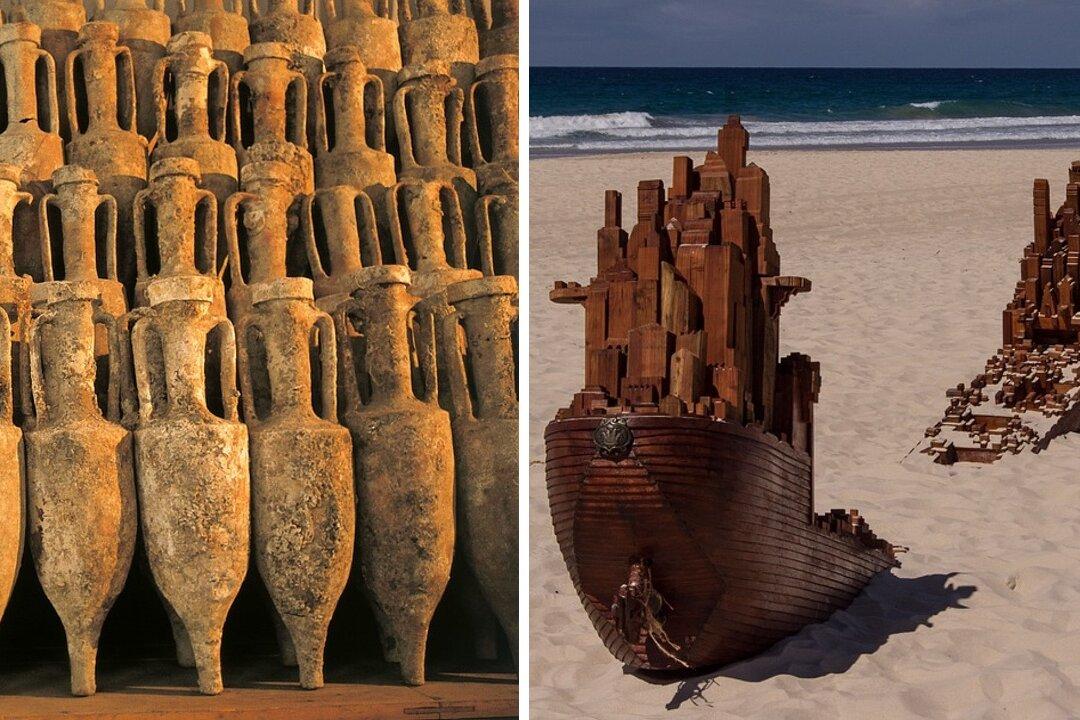Archaeologists have discovered an undisturbed Roman shipwreck loaded with ancient-era products, the study of which is expected to bring new understandings about ancient trade in the region.
The discovery was made in the sea off Protaras, a resort town popular among tourists for its beaches along the Mediterranean, according to a statement from the Department of Antiquities in the Republic of Cyprus.





